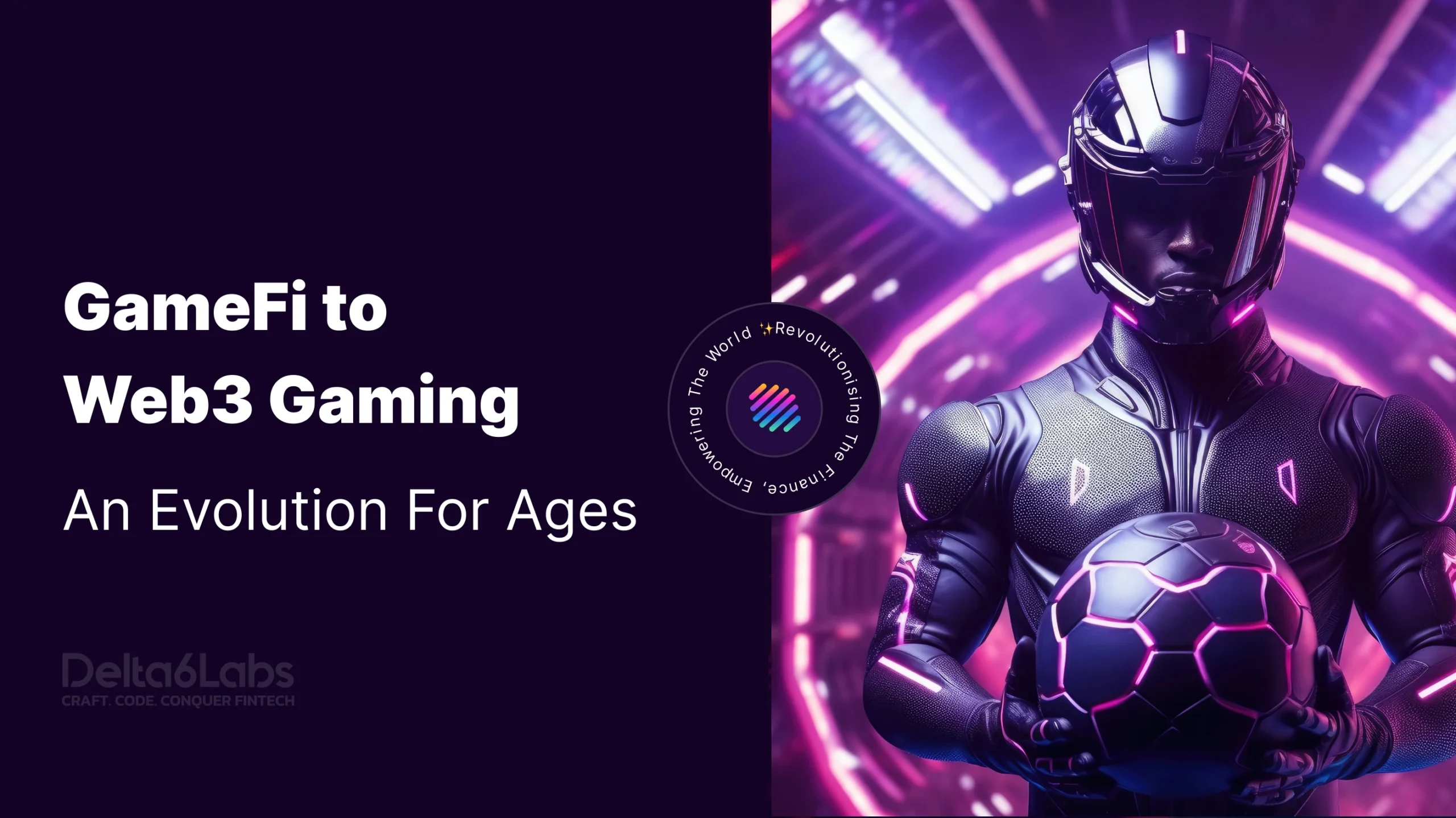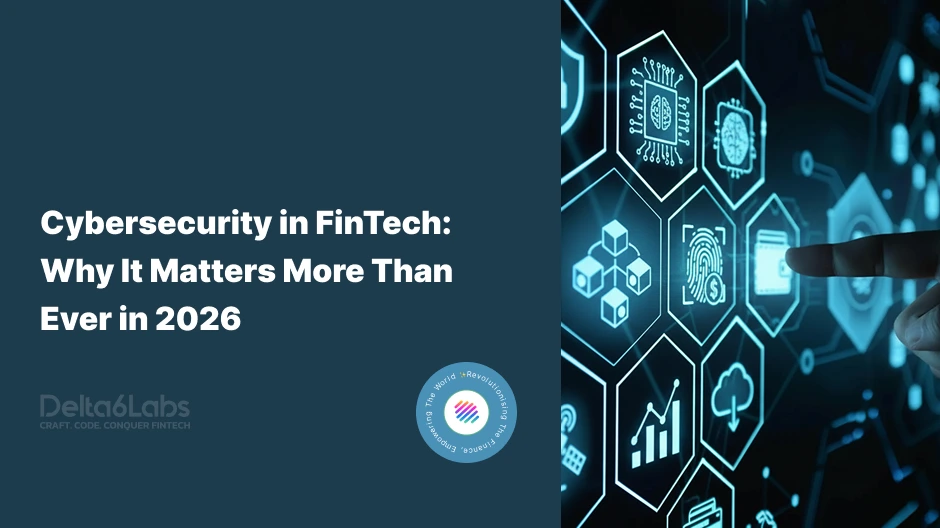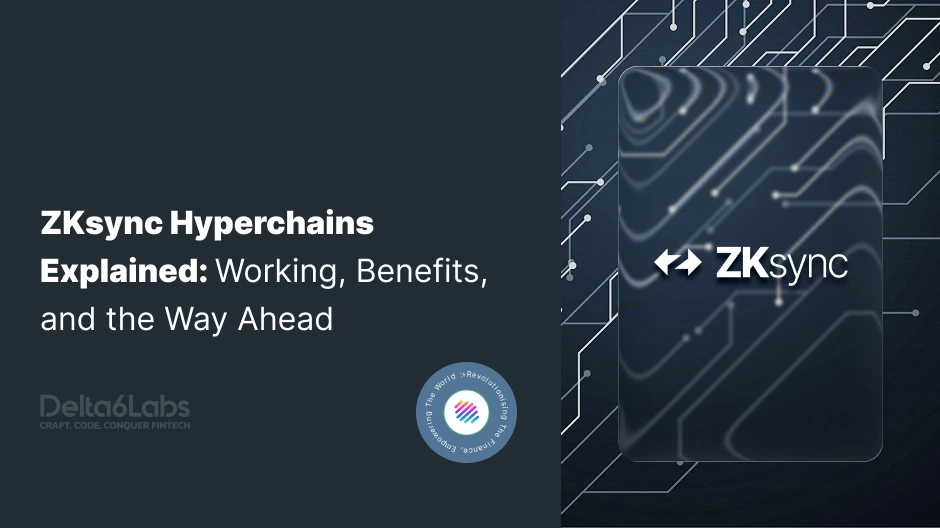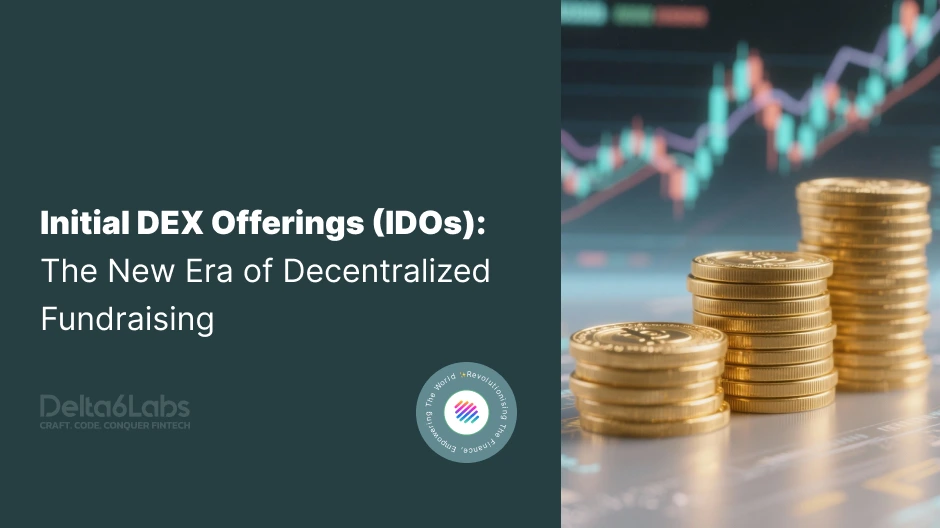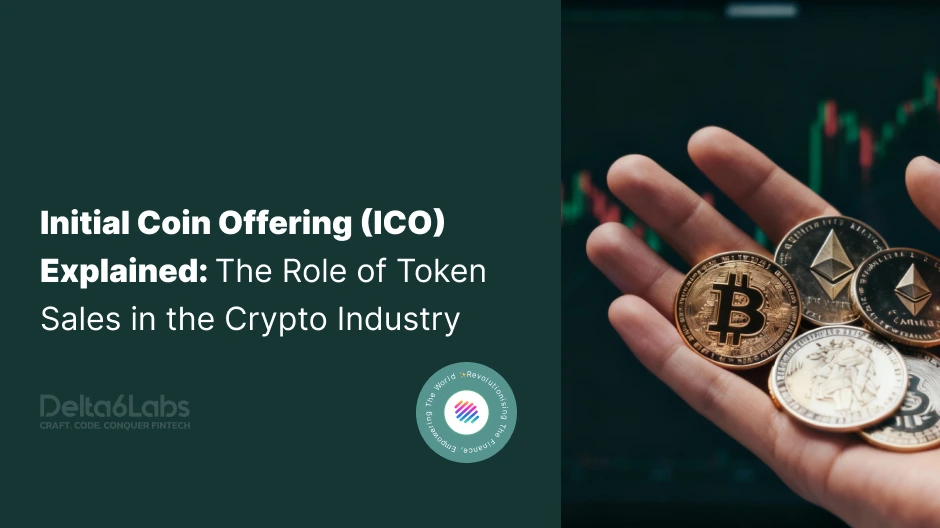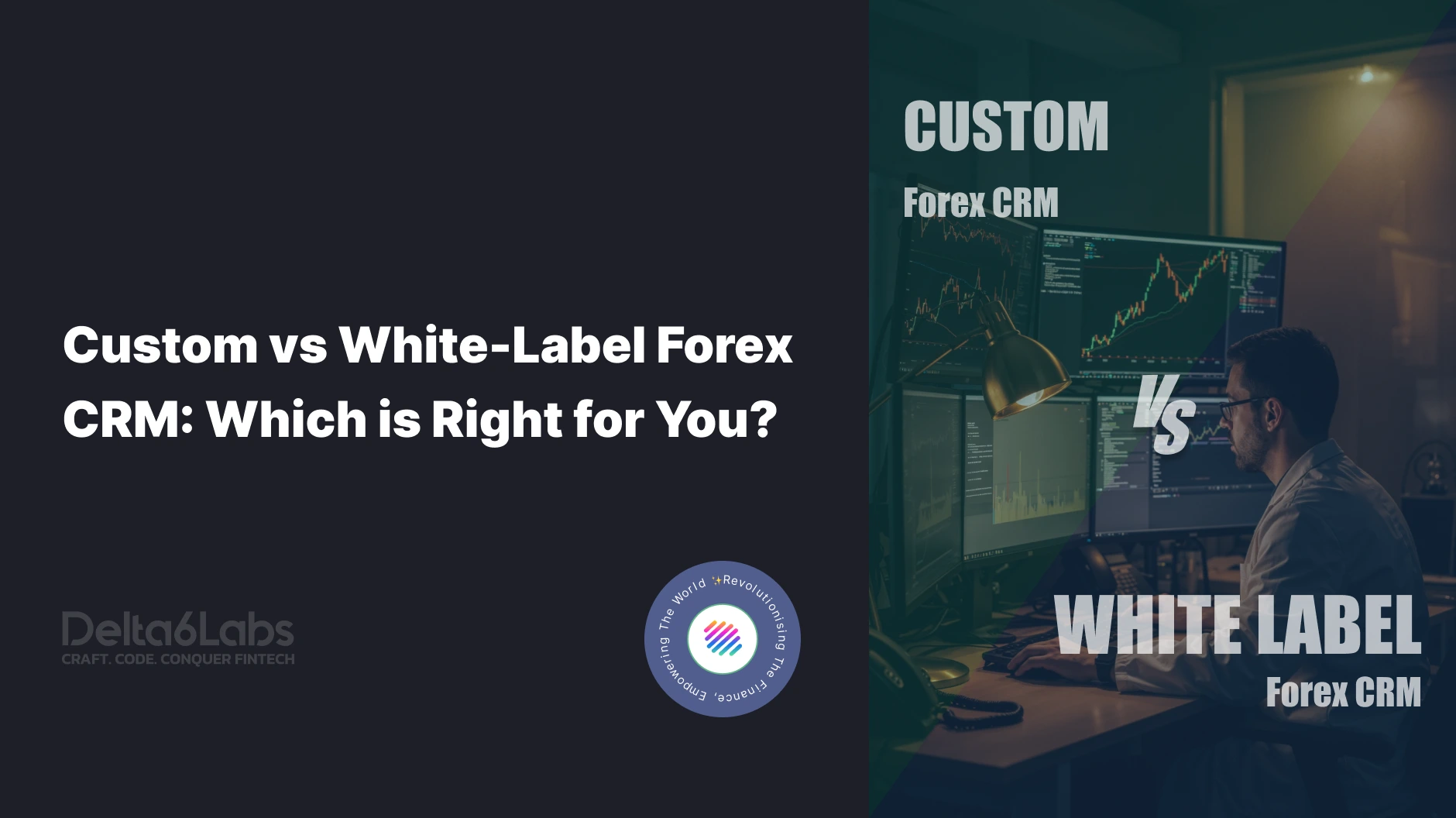What is GameFi, and How is its Evolution Transforming the Gaming Industry?
Table of Contents
The primary issue with traditional games was that the assets earned while playing them were useless in the real world; they were exclusive to the specific game only. However, in Web3 and blockchain games, the assets earned in the games are very applicable in real life. GameFi-based gaming platforms offer anonymity, security, ownership, and opportunities to gain real-life assets within the games, and such features make these games a perfect choice for game lovers and artists. Before diving deeper into the world of GameFi and Web3 gaming, it is essential to learn what GameFi is and what it signifies in today’s world.
Understanding GameFi and Its Market
The word GameFi is a combination of two words: Game and Finance. The words game and finance stand for online gaming and decentralised finance, respectively. GameFi allows people to earn rewards that are useful in real life while playing, unlike traditional games, in which the assets and rewards earned are of no use in the real world. This format of gaming is famously known as play-to-earn model games.
Earlier users didn’t have much access to the assets as they were controlled by the centralised authorities, but thanks to blockchain technology (decentralised ledger networks), players can have sole ownership of their assets and use them at their convenience. Furthermore, players can earn rewards for the time they spend playing games through in-game earning mechanisms that pay out in cryptocurrencies or non-fungible tokens (NFTs).
GameFi holds bright prospects because of its exponentially increasing popularity and demand among youth. The global GameFi market was valued at USD 18.49 billion in 2024 and is projected to reach USD 160.41 billion by 2033, growing at a compound annual growth rate (CAGR) of approximately 27.13% during the forecast period. The GameFi market can be divided into two major types: NFT games and crypto games. NFT games hold a major share of the global users and market size. Nation-wise, North America is leading the GameFi market because of the prevailing high-speed Internet connections and the availability of affordable PC/Mac games.
How Does GameFi Work?
If you are willing to understand the reason for the rapid growth of GameFi, you must understand the working methodology of the GameFi model. There are multiple factors that enable the smooth operation of GameFi, such as NFTs, play-to-earn mechanisms, decentralised finance structures, and, most importantly, smart contracts. In this section, we will discuss the role of these factors in GameFi.
Play-to-Earn Mechanisms
Several traditional games, like World of Warcraft, require deposit fees to be played. GameFi fosters earning rewards while playing by allowing players to gain real-life assets, such as signed T-shirts from their favourite artists, in the form of NFTs and convert them into fiat currency if needed. These rewards can vary from tokens to rare collectables. They are obtained through completing levels, breeding in-game characters, developing virtual land, competing with other players, and more.
Decentralised finance
DeFi is an integral part of the GameFi model because it provides the facility of staking and liquidity management to play-to-earn mechanism-based games. It also fosters ownership and anonymity.
Non-fungible Tokens
NFTs (non-fungible tokens) are used to streamline in-game item exchanges. They also support digital asset ownership rights within games. NFTs can encompass avatars, costumes, weapons, land, and collectables—generally, the rarer the items, the higher their prices. In-game marketplaces facilitate these exchanges and help
Advantages of GameFi
Interoperability
In specific GameFi ecosystems, assets such as NFTs can be utilised across multiple games, creating a more cohesive and expansive gaming experience. This versatility allows for a broader use of assets than traditional games, where in-game items are restricted to a single title.
Ownership and Governance
Many GameFi platforms incorporate decentralised autonomous organisations (DAOs) that enable players and stakeholders to participate in decision-making regarding game development, updates, and other important choices, thereby empowering the community.
Actual Ownership of Digital Assets: Players genuinely own the digital assets they acquire in games (such as NFTs) rather than merely having licensed access. This grants players greater freedom over their assets.
Economic Opportunities
New Income Streams: Players can generate income through conventional gameplay, creating or farming in-game assets, crafting items, or even staking game-related tokens for rewards.
Global Participation: GameFi has opened doors for individuals worldwide, especially in developing countries, to earn income through gaming and trading digital assets.
Innovative Gameplay
Unique In-game Economies: GameFi introduces innovative mechanics that blend gaming with financial strategies, including staking tokens, yield farming, and liquidity pools, which make the gaming experience more dynamic and interactive.
Dynamic In-game Markets: By integrating real-world economic principles, GameFi’s in-game economy can reflect actual supply and demand dynamics, adding complexity and depth to game design.
Increased Engagement
Longer Engagement: The financial rewards and ownership elements can enhance player engagement, as tangible incentives motivate players to continue playing and improving their skills.
Player Investment: Since players can earn tangible rewards or returns on their investments, they may be more inclined to participate actively in the game for enjoyment and financial gains
Blockchain Security
Immutability: Blockchain technology ensures that game transactions and records cannot be altered, providing higher security than centralised systems.
Asset Protection
Players’ in-game assets (NFTs or tokens) are securely stored on the blockchain, reducing the risks of hacking or theft in centralised gaming platforms.

Disadvantages of GameFi
- Compared to traditional models, GameFi is relatively younger and still evolving and will take some more time to mature as an independent sector.
- Security is another primary concern for the GameFi sector. Axie Infinity, one of GameFi’s most significant projects, was hacked and lost 600 million dollars.
- Currently, most games in the GameFi space are built on the Ethereum blockchain, which has exceptionally high transaction fees and less scalability. It is the need of the hour that more blockchain networks come into the picture so that users can have several options to choose from.
- The GameFi industry faces challenges, such as the need for a balanced economy and mitigating the risk of market volatility.
- Liquidity management is another big concern in the GameFi industry. The liquidity of tokens and assets, especially those linked to lesser-known games or platforms, can be restricted. This makes players hesitant to invest their assets in such games.
- GameFi operates on complex technologies, combining gaming and decentralised finance, which can be a big challenge for users with less or no technical knowledge. The technical complexity of the projects may discourage potential investors from entering the market.
Evolution from GameFi to Web3 Gaming
GameFi has multiple fascinating features, but it has some issues. It provided earning opportunities to the players, but the gaming quality and overall gaming experience were degraded. GameFi prioritised financial benefits over gaming quality. But this issue has been addressed with time, and the narrative has changed. The GameFi industry is evolving and marching towards Web3 Gaming.
Web3 Gaming is not just about earning money while playing but also about taking ownership and improving the overall gaming experience. The GameFi concept works on the Play-to-Earn model, whereas Web 3 Gaming uses the Play-to-Own model. This makes in-game assets valuable in the real world and makes the game intuitive and engaging. Web3 Gaming has attracted many users, which shows impressive potential for the industry in 2025. Even in the Tsunami of memecoins and AI agents, Web3 Gaming stood its place and performed well in the decentralised space.
How does GameFi disrupt traditional Gaming models?
The GameFi model is transforming the gaming industry and disrupting the traditional gaming models in the following ways:
- GameFi is introducing more people to the crypto space by allowing them opportunities to earn while playing. In many financially backward nations, GameFi has improved the economic conditions.
- GameFi fosters stronger bonds between players and developers; rather than just being end-users, players are now decision-makers and contributors in the ecosystem.
- Traditional games charge fees and don’t provide players with real-world assets, but GameFi facilitates players’ earning money and makes the game a source of income.
Popular GameFi Platforms
Here are some famous GameFi platforms:
Axie Infinity
Developed by Sky Mavis studio in Vietnam in 2018, Axie Infinity is a blockchain game popular for its play-to-earn (P2E) model. It allows players to earn real-world assets within the games. These real-world assets include non-fungible tokens, in-game currency and Axie Infinity Shards (AXS).
Gods Unchained
Gods Unchained is a free-to-play, play-to-earn game in which players must outsmart their opponents by building card decks to combat multiple tactics. The game is popular for its intuitive and fantasy world. It is also a blockchain-based game and probably one of the prominent games in the GameFi space.
Illuvium
Like Gods Unchained and Axie Infinity, Illuvium is a decentralised game studio that uses the play-to-earn model and empowers players to earn money while playing. The game offers a universe of famous collectable NFT characters created by some of the world’s most imaginative artists. Players can discover ultra-rare Illuvials designed with innovative 4D holographic shading techniques. Illuvium presents a unique opportunity for players to collect, trade, battle, and obtain rare in-game items.
Conclusion
The traditional Gaming industry was blamed for ruining teenagers because they used to waste their time on screens for long hours without reaping any benefits. The GameFi model has changed everything in that aspect. By enabling the play-to-earn model, Players can earn money and real-world assets while playing visually attractive and intuitive games.
Three major components of GameFi enable its operation: Decentralized Finance (DeFi), a Play-to-Earn model (P2E), and Non-Fungible Tokens (NFTs). GameFi fosters anonymity and ownership in the gaming industry by allowing users to participate in decisions relating to various features that attract players, including interoperability, engagement, ownership, innovative gameplay, blockchain security, and new economic opportunities.
Most of the advancements in the blockchain and decentralised space have fascinated everyone, but they are undoubtedly still very young compared to the traditional system. GameFi is also improving rapidly and will overcome liquidity management, security, and market volatility challenges. To keep yourself updated with developments regarding GameFi and Web3 Gaming, keep reading articles and newsletters from Delta6Labs FinTech.
Frequently Asked Questions
1) GameFi is introducing more people to the crypto space by allowing them opportunities to earn while playing.
2) In many financially backward nations, GameFi has improved the economic conditions.
3) Traditional games charge fees and don’t provide players with real-world assets, but GameFi facilitates players' earning money and makes the game a source of income.
Disclaimer:
The information on this blog is for knowledge purposes only. The content provided is subject to updates, completion, verification, and amendments, which may result in significant changes.
Nothing in this blog is intended to serve as legal, tax, securities, or investment advice of any investment or a solicitation for any product or service.
